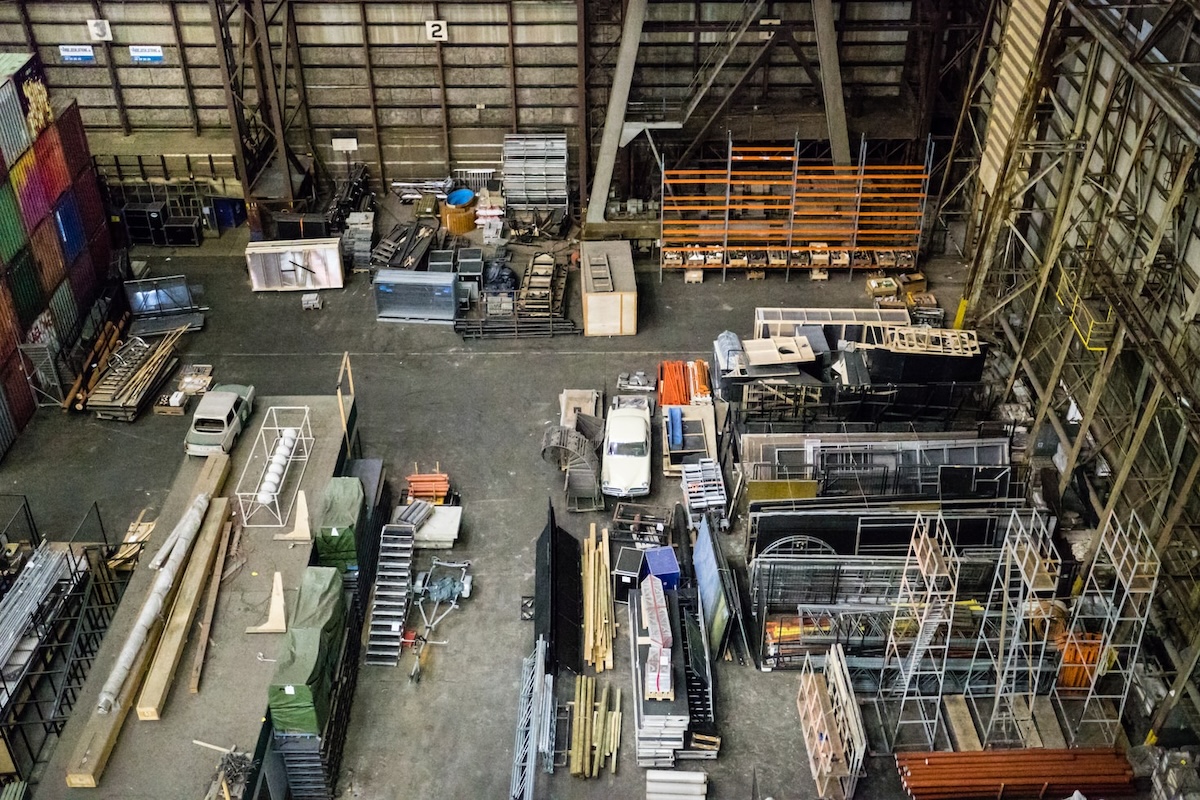3 Effective Ways to Tighten Security in Manufacturing Facilities

Across industry verticals, security is one area companies are relentlessly working on. The same holds true for manufacturing plants where thousands of heavy machinery and moving parts exist. Besides a horde of assets being present in a manufacturing facility, employees are working multiple shifts.
This makes it challenging to keep track of everyone and their work. It was found that theft alone can cost manufacturers, shippers, and warehouses as much as $115 billion. This is primarily why it is vital for manufacturing plants to tighten their security measures.
In this article, we will discuss three effective ways in which the manufacturing work environment can be made more secure.
Control the Visitor Experience
Given the nature of work in a manufacturing facility, hundreds of staff members and third parties enter/exit the building throughout the day. This makes a robust visitor management solution crucial to regulating the flow of visitors in/out of the facility.
Using this software, you can track visitor activity in real-time. Not only that but only pre-registered visitors can check in using the QR code on their ID badges. Alternatively, visitors can enter their information manually at the kiosk before stepping into the premises.
According to Greetly, such a solution enhances security and the visitor experience, all in line with business policies regardless of the firm’s geography or type. The software is easily customizable to meet the security needs of manufacturing firms.
Let’s summarize the benefits your manufacturing plant can derive from this single technological solution –
- It’s possible to easily and quickly check in visitors through industry-standard barcode scanning.
- Once a visitor is approved for check-in, a badge can be instantly printed under their name. It will feature their name, photograph, company logo, and other customizable details.
- You can easily run background checks and internal watchlists so that a suspicious visitor is instantly flagged. This info will be transmitted to the relevant security personnel.
- A reliable visitor management software provider will ensure the system is compliant with GDPR, OSHA, ITAR, and more.
- The data will be encrypted for an extra layer of protection.
- The system will capture a digital signature based on different visitor types.
Introduce Device Profiling
Though manufacturing facilities may not store gargantuan volumes of customer data, they still have enough private details that are vulnerable to being hacked. For instance – it is possible that some software used within the facility is unauthentic (and could transmit information illegally).
Similarly, code signing must be protected to ensure the data does not make it into the wrong hands. Furthermore, every visitor or staff member within the plant carries their smartphones and tablets. This can make it difficult to have complete network visibility and control.
This is why you need device and identity profiling software to tighten security. You can also opt for third-party services to authenticate, monitor, and control all devices of all users to the plant’s network. Even applications connected via a centralized approach can be tracked and monitored.
This profiling measure streamlines contractor and guest access on the network. As a result, if an outsider attempts to connect their device to an open port on the plant’s network, they will immediately be denied access. Besides unplanned downtime, you spare yourself costs associated with security breaches.
Conduct Security Training Sessions
To ensure your manufacturing facility is well-protected, every staff member must be on the same page. In other words, they must be aware of the security measures (physical and cyber) that can protect against thefts and breaches.
With proper security training sessions, employees understand the importance of safeguarding sensitive information and valuable assets (as well as the means to do so). For successful training, you must remember four best practices –
- Involve every level of management. This includes the senior members as they can be high-value targets for attackers. An organizational security culture is built through integrated security strategies.
- Make the training an ongoing process that includes areas like phishing, social engineering, physical security, and more. You can share relevant security breach news daily and cover basics like password security, phishing attacks, etc.
- The senior management must communicate the security needs of the hour to the lower levels of the organization. Each employee must be made aware of their unique role in defending themselves and their firm against security threats.
- You can experiment with gamification techniques to transform a dull field into a fun sport. Games will encourage active employee participation and help in information retention. There will be a reward system acting as an incentive for employees to learn and apply their knowledge.
In the final analysis, manufacturing firms cannot take their current security measures lightly. This especially stands true for their cybersecurity strategies. Studies have predicted that cybercrime may cost the global economy a massive $10.5 trillion by 2025. At least billions belonging to the manufacturing sector are at stake.
A new year has just begun and there is still time. If companies tighten their belts and gear up with robust security measures, they can keep unprecedented losses at bay.
